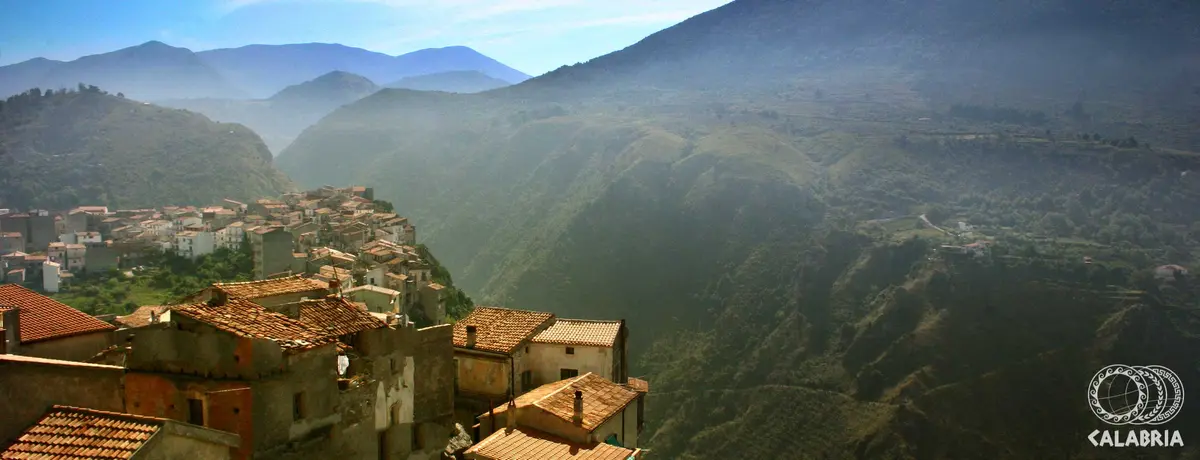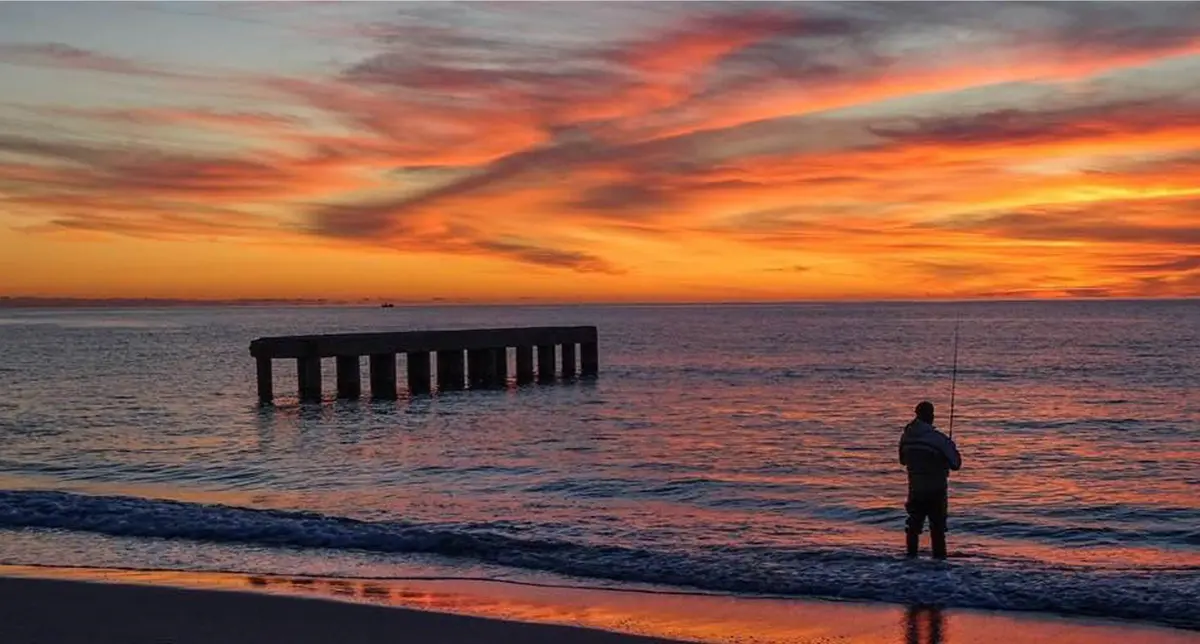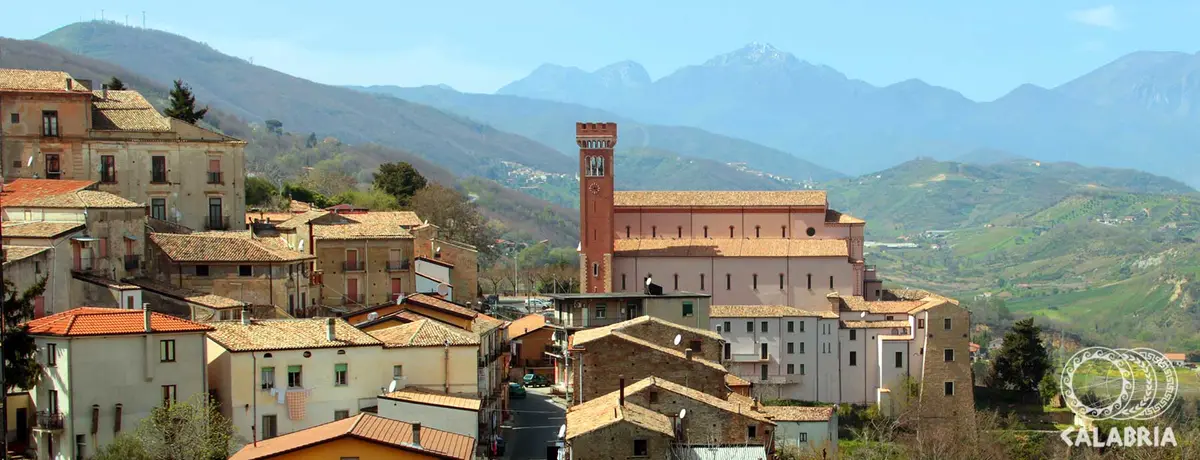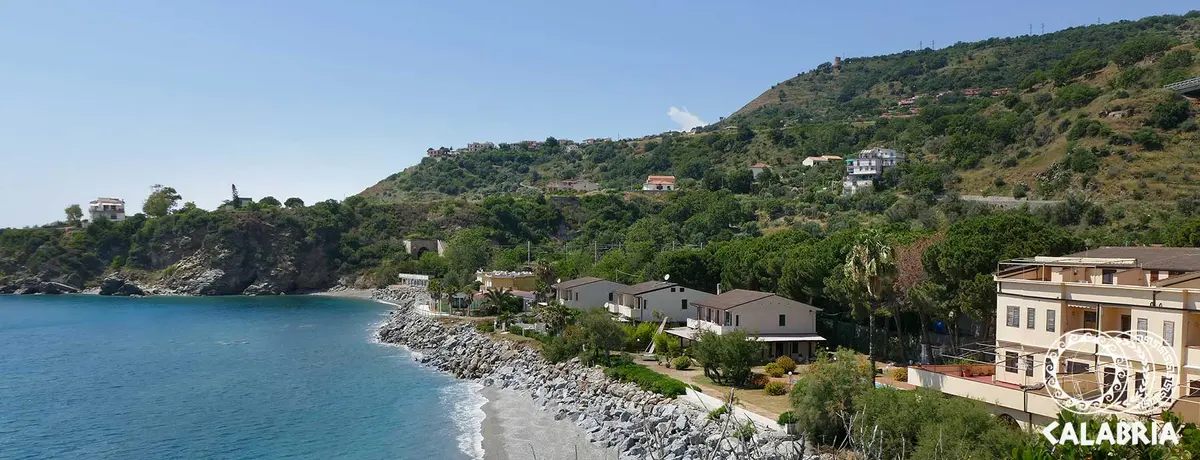San Sosti
San Sosti and the Madonna del Pettoruto

Mountain
Santuario della Madonna del Pettoruto, San Sosti - Regione Calabria
San Sosti is located in the Esaro Valley, in a natural setting of great beauty in the Pollino National Park in the province of Cosenza.
San Sosti is one of the most important religious destinations in Calabria, since the famous Shrine of the Madonna del Pettoruto, one of the region's Marian shrines and a destination for pilgrims and strong popular devotion, stands on its territory.
The Shrine of the Madonna del Pettoruto, carved into the tufa rock at an altitude of 600 metres, on the slopes of Montea, is one of Calabria's most popular Marian shrines. It is a suggestive place, linked to an ancient legend that is celebrated every year in September, when pilgrims reach it on foot, accompanied by the songs and instruments of traditional music.
Among the things to see in the historical centre of San Sosti are the Church of the Madonna del Carmine and that of Santa Caterina Vergine Madre; while just outside the town are the remains of the so-called Castello della Rocca, dating back to the 13th century, and the Fra Giovanni Waterfall on the Rosa river, at the foot of which are the ruins of the old watermill and the old hydroelectric power station. Near the castle, a bronze votive axe was found that is now on display at the British Museum.
Useful information
What to know about San Sosti
Where to Sleep
There are 1 available accommodations.
Places
There are 1 places to visit.
Infopoint San Sosti
San Sosti
No result








